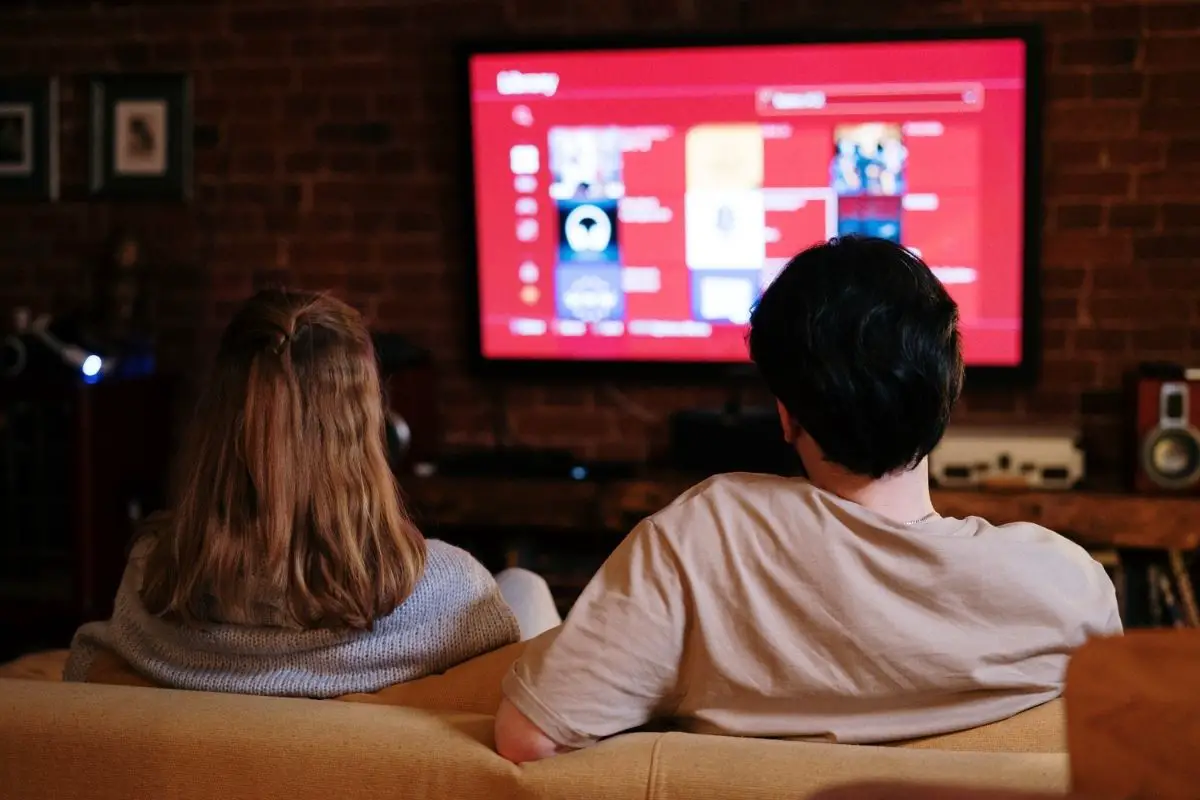You are sure to have enjoyed watching anime at some point – even if you did not realize you were watching anime!
Anime is hugely popular around the world, despite not being considered mainstream. It’s loved for its distinct animation style, over the top action scenes, fantasy elements, and powerful storytelling, among other things.

Anime (see also ‘Best Harem Anime’) is not just for children, despite that being a lot of people’s general opinion. In fact, there are a lot of animes out there that are downright dark and gory, as well as moving and nostalgic.
Anime might have been born in Japan (and it dates all the way back to the 1920s), but do Japanese people watch anime (see also ‘What Was The First Anime Ever Made?’)?
If you haven’t been to Japan and think that anime is everywhere – on the streets and on people’s television screens 24/7 – you might be surprised by the answer.
In this guide, we go over the popularity of anime in Japan, the popularity of manga, as well as how popular anime is in western culture.
Do Japanese People Still Watch Anime?
You would be forgiven to think that Japan is the country where anime is the most popular – especially if you are yet to visit Japan.
After all, some of the first things that may come to mind when people think of Japan are video games, vibrant pop culture, and Pikachu, all of which are related to anime (see also ‘Can You Learn Japanese From Anime?‘).
The thing is, despite anime originating in Japan, it is not the most watched genre when it comes to shows and movies. In fact, anime is not even the second most popular genre in Japan (see also ‘How Popular Is Anime In Japan?‘).
In terms of animated films and shows, anime is the most popular. As for the most watched genres, overall, however, only around a third of the nation consider themselves avid anime consumers.
Topping anime are drama, comedy, and action-adventure.
So, Japanese people do watch anime, but they are not crazy about it. In fact, in Japan, anime is mostly considered to be for teenagers, children, and adults in their 20s.
Despite this, Japan is still the place to go for the best anime conventions, cosplay competitions, anime museums, and anime stores. At the same time, Japan is still where anime is the most financially successful when it comes to revenue.
Anime vs Manga
Just like anime, manga originated in Japan, and came out before anime by about a hundred years.
If you are not sure what the difference is between anime and manga, anime refers to the Japanese computer-generated films and shows (featuring the anime art style), while manga refers to Japanese graphic novels and comics.
Manga also features the same art style as anime: the bright colors, the detailed portrayal of action, and the stand-out characters with “big” eyes and spiked hair.
There are a lot of animes that have been adapted from mangas. Mangas are also adapted from animes, but the former is more common.
Is Anime or Manga More Popular?
As for the popularity of manga (see also ‘How To Read Manga Panels?’) and anime, which one takes the number one spot in Japan?
Overall, manga is considered to be more popular in Japan. Statistically, manga is consumed by a wider audience and is generally regarded as more mainstream.
While anime is enjoyed mostly by children, teenagers, and adults in their 20s in Japan, manga (see also, ‘What is Doujinshi?‘) is read by children, teenagers, and adults in their 20s, 30s, and sometimes 40s.
The reason for this is unknown, but it could be due to how anime has grown in popularity around the world, while manga is still catching up in western cultures.
In Japan, anime is commonly viewed as “ordinary”, or “commonplace”, and therefore it is not considered trendy or fashionable to watch.
Is Anime Growing in the West?

So, in Japan, anime is the most successful in terms of revenue, but not widely consumed by a broad audience. But what about in the west?
As it turns out, anime is widely considered to be more mainstream among western audiences due to recent studies. In western culture, including in America and Europe, anime has seen a gradual rise in popularity due to streaming services like Crunchyroll and Netflix.
At the same time, anime enjoys a loyal western audience due to long-running anime franchises like Pokémon, Digimon, Dragon Ball Z, Yu-Gi-Oh!, and Naturo, and various award-winning anime films, such as Spirited Away and Howl’s Moving Castle, that have made anime more popular.
Anime popularity in western culture can also be due to a contrast in how anime is perceived when compared to Japan. Anime can be considered “niche” or “fashionable” to watch by westerners, considering that it is foreign and unique.
Why Anime is So Popular
There is no disputing that anime has its own distinct style – not just visually, but in terms of storytelling. And this could be why anime is popular all over the world (more so among young audiences), despite not being exactly mainstream.
Anime might be animated, but within anime there are a host of different genres and subgenres, including drama, romance, fantasy, adventure, action, thriller, mystery, and even horror.
Anime can be gory and unsuitable for children and, on the other end, be magical, moving, and deep.
Numerous animes tackle profound themes and topics, with many anime shows and films often commended for their stories and social commentaries.
Overall, anime has something for everyone (who isn’t averse to watching animation), which is the reason it is so widely appreciated.
Conclusion
In conclusion, Japanese people do watch anime, but not as much as you might think.
It is mostly popular among young Japanese audiences, while manga is the more popular overall, enjoying a broader audience that ranges from young children to adults in their 30s and 40s.
Anime might be more financially successful in Japan, where it was created, but it is considered to be watched more by people in western cultures. For westerners, anime is unique and niche, and therefore more exciting culture-wise.









